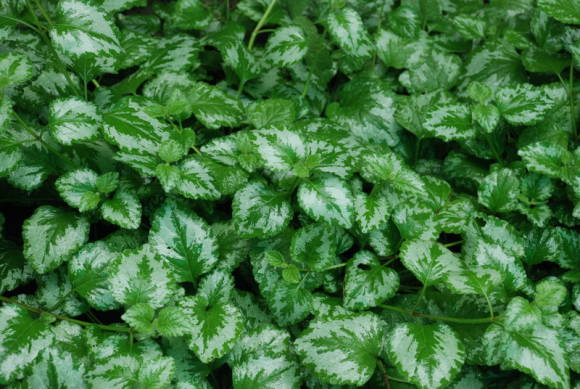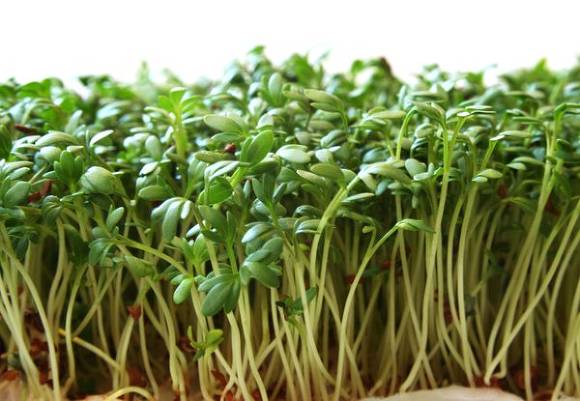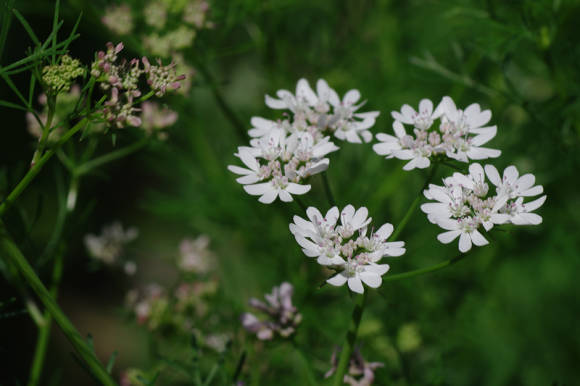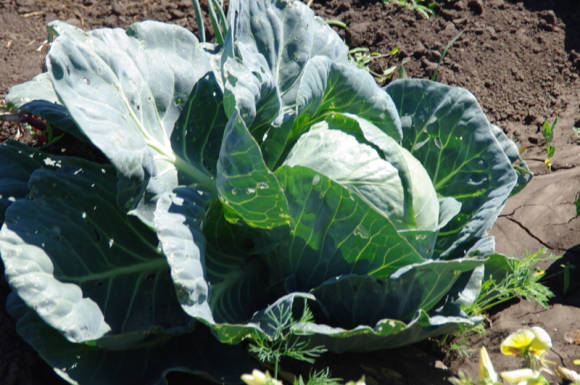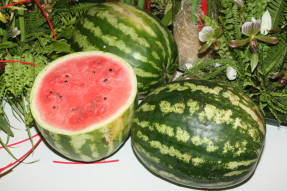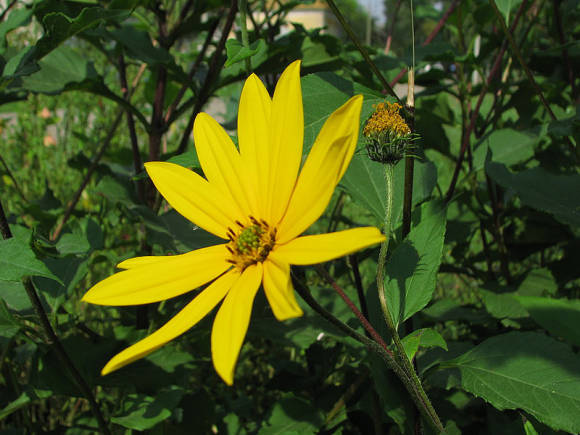see also Pharmacological properties and preparations of calendula
In the Middle Ages, calendula was considered a panacea. In the 12th century, Meiser noted in his herbarium that “even the usual examination of the golden flowers of calendula improves eyesight, clears the mind and creates a wonderful mood.

Currently, depending on the direction of use, medicinal calendula has several types of raw materials. The main pharmacopoeial raw materials in our country are flower baskets. (FloresCalendulae). In the European Pharmacopoeia, calendula raw materials are reed flowers (Petales calendulae)freed from baskets. For the manufacture of tinctures and extracts in the medical industry, aerial mass is often used. (Herba Calendulae)cut during flowering.
In homeopathy, the aerial part of the plant is used for trophic ulcers and varicose stasis.
Calendula flowers are used in the medical industry, in the food industry in the manufacture of food products, food colors and dietary supplements, as well as in the cosmetic industry and veterinary medicine.
In the food industry, reed flowers are harvested as a spice and food coloring. The petals are separated and dried in the shade. Store them in a dry, ventilated dark room or in a tightly closed container.
In the first period of flowering, harvesting is carried out after 3-5 days, and in the following, depending on the supply of moisture to the plants, after 5-7 days. This must be done in dry weather and after the morning dew has dried, otherwise the raw material may turn black and moldy. During the growing season, you can collect up to 15 flower baskets. The collected raw materials are immediately dried at a temperature not exceeding 40 ° C. Due to the carotenoid content, do not dry in direct sunlight. Under favorable conditions and good care, the yield is 100-150 g / m2 of dry inflorescences. During the summer period, you can make from 10 to 20 collections of inflorescences.
Varieties for medicinal use
The main varieties grown as sources of medicinal raw materials in Russia are Kalta and Ryzhik, in Germany - Erfurter Orangefarbige Gefullte, as well as for amateur cultivation - Fiesta Gitana, Orange Gitana, Yellow Gitana, in Slovakia - Plamen and Plamen plus, as well as ornamental varieties Meisterstuck , Orangekonig, Orange Kugel (in the Russian version the Orange King and Orange Balls), Green Heart, Indian Prince (we sell them as the Green Heart and the Indian Prince), Radio. Many of the listed varieties are currently in stores and you can safely sow them on your site.
In addition, others can be used - Silk Road, Kabluna golden yellow, Apricot, Touch of Red and many others.

Composition of calendula raw materials: from carotenoids to flavonoids
A wide range of medicinal properties is manifested due to the presence of a large number of biologically active substances that are very different in chemical nature and pharmacological action: flavonoids, xanthophylls and carotenoids, essential oil, coumarins (scopoletin), water-soluble polysaccharides (14.75%), triterpene saponins 2-10% (oleanolic acid glycosides), triterpene alcohols (ψ-taraxasterol, taraxosterol, faradiol, arnidiol, helianthriol), steroids. carotenoids, sterols, triterpinoids, flavonoids, essential oils, coumarins, macro- and microelements. Moreover, as studies have shown, all parts of the plant are useful, but each in its own way.
It's worth starting with carotenoids - fat-soluble plant pigments. Animals do not form them, but use them to synthesize vitamin A. And here in the scientific literature some inconsistencies begin. The list of carotenoids differs from one author to another. The following carotenoids are mentioned in the flowers and leaves of calendula officinalis: b-carotene, g-carotene, d-carotene, lycopene, neurosporin, rubixanthin, lutein, zeaxanthin, violoxanthin, citroxanthin, flavoxanthin, chrysanthemaxanthin.
As it turned out, the ratio of these substances strongly depends on the variety, the place of cultivation, the duration of storage of raw materials and ... the method of analysis, which was used to determine the content of carotenoids. The newer the scientific article, the more the lutein content is indicated. This is due to the fact that it is a very unstable substance, which is destroyed not only during storage of raw materials, but even during its extraction during analysis. Currently, many dietary supplements are produced with lutein, which is obtained from marigolds.
Lutein is an important carotenoid, a yellow-colored fat-soluble pigment. Plays a critical role in the normal functioning of the retina. In addition, this compound is an antioxidant, protects the skin from ultraviolet radiation, protects against oxidative stress in diabetes, has anti-inflammatory and cancer-protective effects.
Naturally, most of the carotenoids are found in reed flowers, therefore, special preference should be given to terry forms and varieties. The content of carotenoids in Kalta inflorescences can range from 105 to 345 mg%, changing from year to year, depending on weather conditions and the duration of flowering.
 |  |
The next important group is flavonoids. It is for these substances that raw materials are analyzed for further packaging and sale. The content of these compounds ranges from 0.3 to 0.8%, but often reaches 1% or more. The amount of flavonoids is higher in grass than in flowers.
The flavonoids contained in the aerial parts and flowers are mainly represented by rutin, hyperoside and quercetin, which are bioflavonoids and have P-vitamin activity. Quercetin is a precursor to many flavonoids, including rutin and hyperoside. Found in many fruits and vegetables. It has an antitoxic, antioxidant effect; quite a few studies show its effectiveness in diabetes, prevention of atherosclerosis. Modern research has shown that it reduces the risk of cancers of various organs.
Rutin has antioxidant activity, strengthens capillaries and prevents bleeding (remember Ascorutin from the pharmacy?), Venous edema and varicose veins, has anti-inflammatory activity and oncoprotective action.
Sterols (sterols) - alcohols, contained in all organs of calendula officinalis and during the entire growing season. They are represented by: b-sitosterol, stigmasterol, cholestanol, campestanol, stigmastanol and others.
Triterpenoids present in all organs of calendula officinalis, represented by alcohols (in free form and in the form of esters) and oleanic acid (in free form and in the form of glycosides). From the flowers of calendula officinalis, triterpene alcohols were isolated, represented by monools, diols and triols, which mainly form esters with lauric, palmitic, myristic and acetic acids.
Faradiol is considered the most active of them (anti-edema and antimutagenic action), and the anti-inflammatory activity of calendula extracts was proportional to its content.
The following triterpene glycosides (derivatives of oleic acid) have been isolated: glycoside F (calenduloside E), calenduloside A, calenduloside G, calenduloside F. The content of the sum of oleic acid glycosides in the roots and aerial part of calendula ranges from 4 to 5% .
Flowers contain essential oil (up to 0.4%), mainly from sesquiterpenes (α-cadinol and torreyol). The composition of the essential machsl includes menthone, isomenton, terpinene, cadinene, caryophyllene. However, the pure essential oil is not a commercial product.
Minerals in inflorescences of calendula are very widespread: macroelements (K-28.80, Ca-11.40, Mg-2.50, Fe-0.15); trace elements (Mn- 0.20, Cu - 0.86, Zn -1.31, Co- 0.03, Mo- 1.47, Cr- 0.09, Al -0.05, Se-4.20, Ni- 0.5, Sr- 0.10, Pb- 0.03, I- 0.05, B- 48.40 μg / g). Calendula concentrates Zn, Cu, Mo, Se. In recent years, selenium has received a lot of attention, considering it an antioxidant that prevents the development of atherosclerosis and slows down aging.
In addition, scopoletin, umbelliferone and esculetin, related to coumarins, biologically active substances that contribute to the elimination of inflammatory processes in the body, were isolated from the inflorescences of calendula officinalis.
Seeds contain 15.1-25% lipids, including 0.6% phospholipids and 0.9% glycolipids. They contain 60% calendulic acid. In addition, the seeds contain proteins (18%), where 38% are essential amino acids. The oil dries faster than linseed oil and can be used in the paint and varnish industry.

